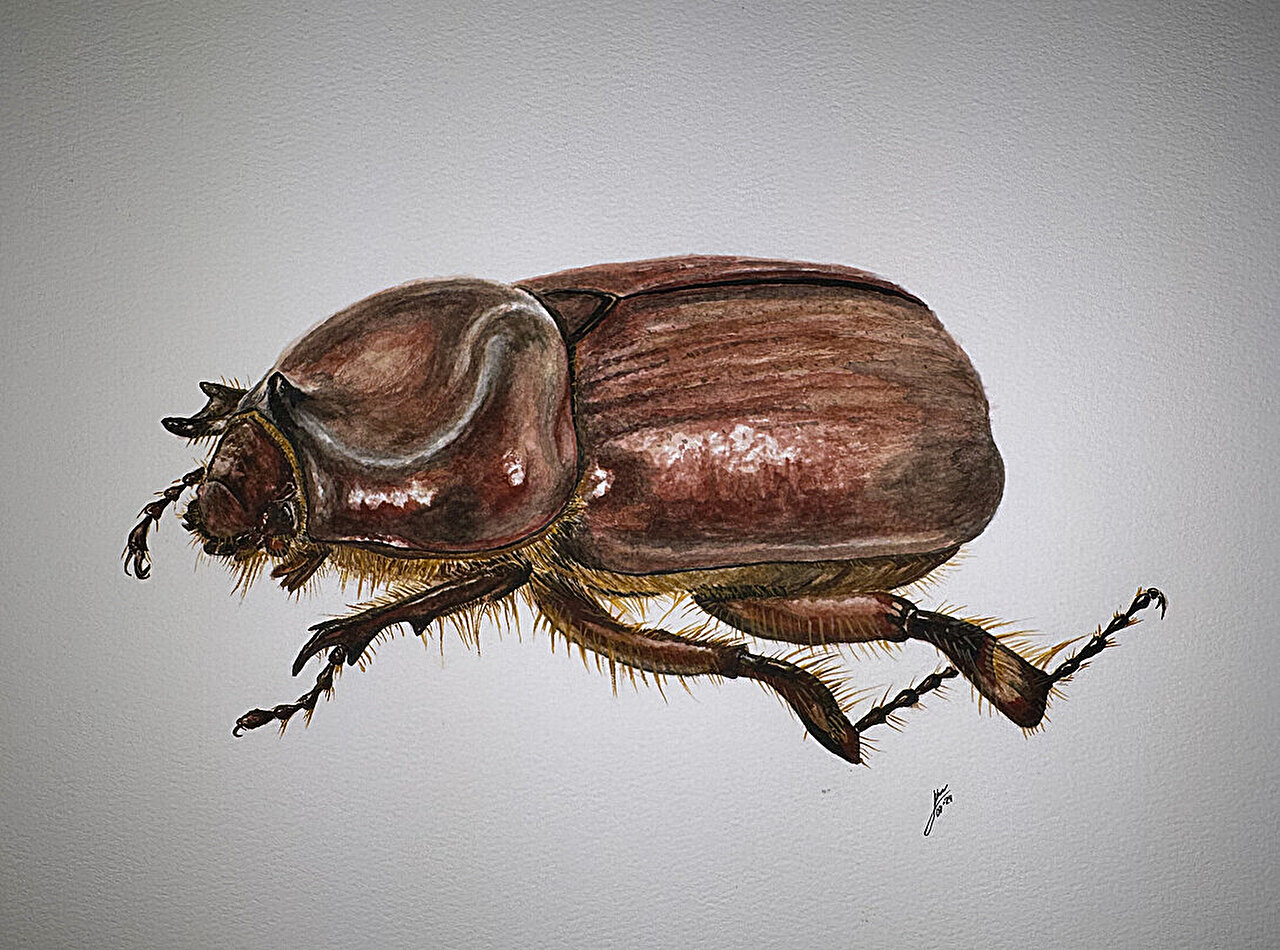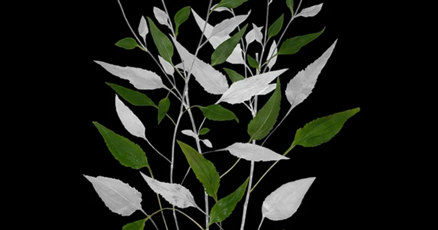Native America past, present and future comes alive across cinema, television, and fine art this fall. Leading the way is director Martin Scorsese’s film adaption of David Grann’s bestselling “Killers of the Flower Moon.”
The true-life murder mystery centers on the Reign of Terror which befell the Osage Nation in Oklahoma when oil was discovered on the reservation in the 1920s, transforming the Osage, overnight, from poverty into millionaires.
In addition to featuring the greatest filmmaker of his generation, “Killers of the Flower Moon” co-stars Robert DiNiro, the greatest actor of his generation, and Leonardo DiCaprio, the greatest actor of his generation.
The three-and-a-half-hour movie’s production was informed throughout by the Osage Nation and filmed in Oklahoma, assuring historical accuracy.
“Killers of the Flower Moon” opens nationwide in theaters on October 20, but only scratches the surface of opportunities to see Native America anew this month.
“Native America”
The PBS series “Native America” returns this October with four new hour-long episodes presenting a groundbreaking portrait of contemporary Native America. Each explores a core tenet of Native American heritage: the power of Indigenous design, how language and artistry fuel the soul, the diverse ways Native women lead, and the resilience of the warrior spirit.
“We want to reframe folks’ ideas around who Native people are, to have a very contemporary and modern look at Native people all across the country, creating and doing in ways that are very much aligned with the ways that we were taught and learned growing up, but also our way of innovating and thinking of new solutions to problems that persists today,” series producer Jennifer Johns (Diné) said.
Those problems include housing, teen suicide, political marginalization through gerrymandering and environmental catastrophe. Outcomes are in equal measure inspiring and heartbreaking.
“The series, we hope, begins to make people aware that there’s no limit to indigenous innovation and impact, and that we hope folks really get to see the breadth and diversity of our indigenous communities and our handprint and where we’re at,” Johns added.
Each episode is Native-directed and the series is narrated by Joy Harjo (Muscogee (Creek) Nation), who served three terms as the 23rd Poet Laureate of the United States.
While all stand alone, throughlines are prevalent.
“It’s survival. All of these (episodes) talk about our survival. Our survival physically in terms of health and happiness, and then also our spiritual survival, our culture, our language, all of these things that people are working on that the series talks about, it all has to do with our survival in a good way,” Manuelito Wheeler (Navajo), director of the Navajo Nation Museum, and a featured subject of the “language and artistry” episode for his work with major studios like Lucasfilm Ltd. and Walt Disney Pictures dubbing popular movies into the Navajo language. “When I say in a good way, that’s a common Native phrase, when we ask for things, and we want things, we’re careful about how we ask for them because it’s, ‘be careful what you ask for, you might get it,’ but Natives have an answer for that, we ask for things in a good way. I think that’s what all of our stories are about, we’re asking for things in a good way.”
“Native America” premieres Tuesdays, October 24 through November 14, 2023, from 9:00-10:00 p.m. ET (check local listings) on PBS, PBS.org and the PBS App.
“The American Buffalo”
Also premiering on PBS this fall is “The American Buffalo,” a new two-part, four-hour film directed by Ken Burns.
Think of this documentary as the opposite of Wheeler’s “a good way.” The history of North America’s largest land mammal, the icon of the Plains, the icon of the West, exposes “a bad way.”
The worst way.
The settler colonial way.
The white man’s way.
The American way.
Much of the buffalo’s story viewers will be aware of, the full depth and detail of the tragedy, however, proves shocking.
The series, in production four years, takes viewers on a journey through more than 10,000 years of North American history and across the continent’s most iconic landscapes, tracing the mammal’s evolution, its significance to the Great Plains and, most importantly, its relationship to the Indigenous People of North America.
“It is a quintessentially American story filled with unforgettable stories and people, but it is also a morality tale encompassing two historically significant lessons that resonate today: how humans can damage the natural world and also how we can work together to make choices to preserve the environment around us,” Ken Burns said. “The story of the American buffalo is also the story of Native nations who lived with and relied on the buffalo to survive, developing a sacred relationship that evolved over more than 10,000 years, but which was almost completely severed.”
The stories of Native people anchor the series, including the Kiowa, Comanche and Cheyenne of the Southern Plains; the Pawnee of the Central Plains; the Salish, Kootenai, Lakota, Mandan-Hidatasa, Aaniiih, Crow, Northern Cheyenne and Blackfeet from the Northern Plains; and others.
The film includes interviews with leading Native American scholars, land experts and Tribal Nation members.
“The story of American bison really is two different stories,” historian Rosalyn LaPier (Blackfeet of Montana and Métis), says in the film. “It’s a story of Indigenous people and their relationship with the bison for thousands of years. And then, enter not just the Europeans, but the Americans…that’s a completely different story. That really is a story of utter destruction.”
Destruction, waste and obliteration of an animal on a scale not previously experienced in human history. An industrial revolution of killing.
“The American Buffalo” will air October 16 and 17, from 8:00 to 10:00 p.m. ET (check local listings) on PBS, PBS.org and the PBS App.
The buffalo’s best hope for survival now rests in the hands of the Native people who so cherished the animal and continue doing so today. “Homecoming,” a new film directed by Julianna Brannum (Quahada band of the Comanche Nation of Oklahoma), who also served as consulting producer for “The American Buffalo,” extends Burns’ story to the present by examining the return of the species to Indigenous lands today.
The 18 minute-film takes viewers into the 21st century and examines how the InterTribal Buffalo Council’s Bison Conservation and Transfer Program is supporting buffalo restoration to the Indigenous people whose lives, spiritually and physically, were inextricably linked to the bison for thousands of years.
“Homecoming” premieres on Wednesday, October 18 on PBS.org and the PBS app, and on PBS’s YouTube Channel on November 24.
“The Land Carries Our Ancestors”
Artist Jaune Quick-to-See Smith (Citizen of the Confederated Salish and Kootenai Nation) curated “The Land Carries Our Ancestors: Contemporary Art by Native Americans,” an exhibition at the National Gallery of Art in Washington, D.C. highlighting artworks visualizing Indigenous knowledge of land, landbase and landscape. As the first artist to curate an exhibition at the National Gallery, Smith underscores the self-determination, survivance, and right to self-representation of Indigenous peoples in her selection of artworks.
“I am honored to share these powerful works that demonstrate the vital, ongoing contributions of Native artists,” Smith said. “Breaking the ‘Buckskin Ceiling’ is not a smooth transition, but the National Gallery of Art is engaged with making change in their system of collecting art as well as demonstrating their ability to be more inclusive in their exhibitions. ‘The Land Carries Our Ancestors’ is an example of more parity in their exhibition schedule, and we are very pleased to be a party of this change.”
It’s long overdue.
The National Gallery owns a shameful record of Native American representation. This marks the first exhibition of Native art presented at America’s art museum in 30 years and the first exhibition of contemporary Native art there in 70 years.
Works by an intergenerational group of artists from across the nation span a range of practices, including weaving, beadwork, sculpture, painting, printmaking, drawing, photography, performance, and video. The exhibition includes several recent acquisitions for the National Gallery’s permanent collection, including works by G. Peter Jemison (Seneca Nation of Indians, Heron Clan), Linda Lomahaftewa (Hopi/Choctaw), Marie Watt (Seneca Nation of Indians/European descent), and Emmi Whitehorse (Diné).
“The Land Carries Our Ancestors” can be seen at the National Gallery through January 15, 2024, and then at the New Britain Museum of American Art from April 18 through September 15, 2024.













